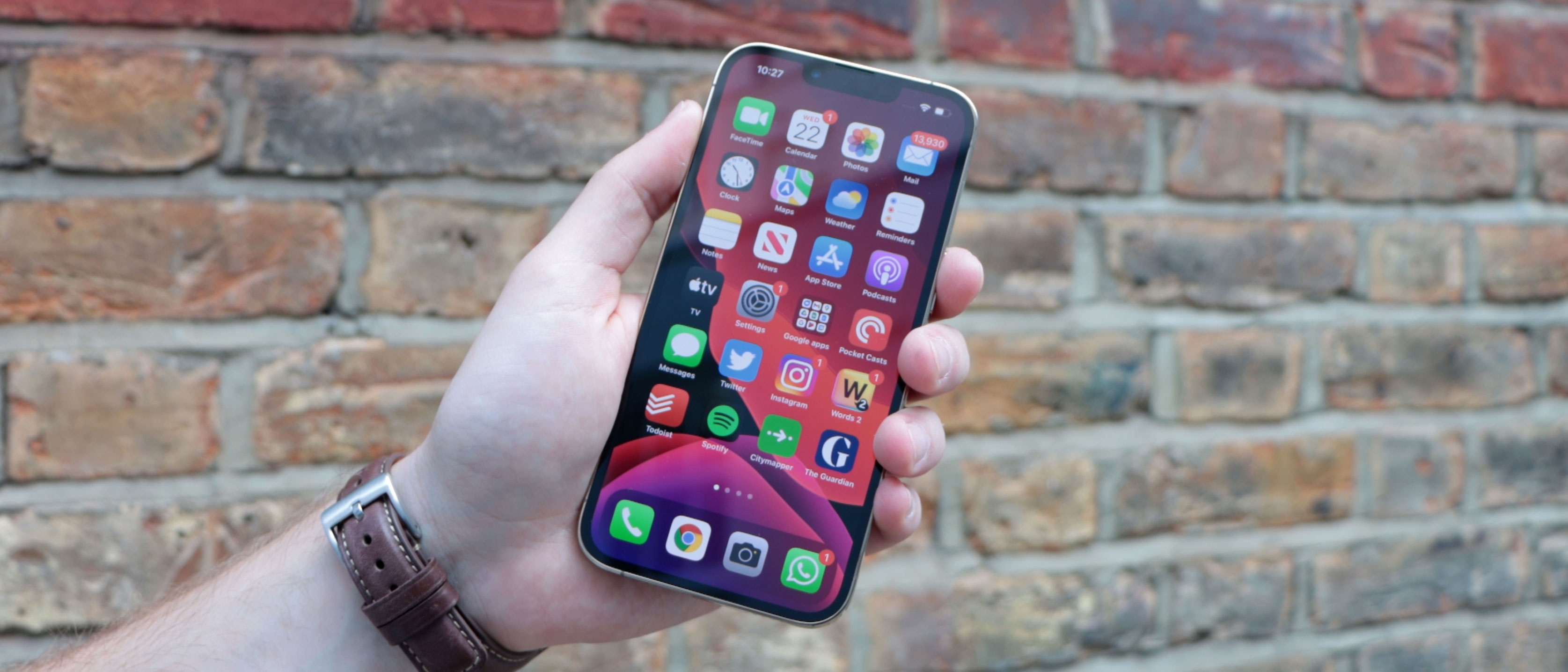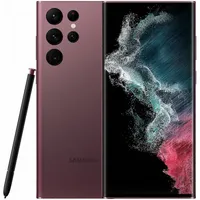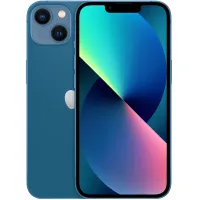TechRadar Verdict
The iPhone 13 Pro is one of 2021’s best smartphones, even if it doesn’t quite do enough to warrant upgrading from the 12 Pro. The battery life is the best we’ve seen in Apple’s Pro iPhone, and you’re also getting top-level performance, a great camera package and a super-smooth 120Hz screen. While on their own none of the upgrades for 2021 are huge, they add up to offer a fantastic smartphone experience.
Pros
- +
Great performance
- +
Strong battery life
- +
Interesting macro photography mode
Cons
- -
Limited design changes
- -
Very expensive
- -
4K ProRes limited in 128GB
Why you can trust TechRadar
Two-minute review
For a while there, the iPhone 13 Pro was one of Apple's best iPhones, but the release of the iPhone 14 Pro changed that. This device has an always-on display, punch-hole cut-out for the front cameras, and a new 48MP main camera.
That's a fairly big upgrade as far as iProducts go, making the new phone much more tempting, but its year-old sibling might appeal to people who don't need all the newest bells and whistles.
A lot of what makes that newer smartphone great is also available here, for a slightly cheaper price of $999 / £949 / AU$1,699.
If you already have an iPhone, as you'll learn by diving deeper into our iPhone 13 Pro review, it makes for a big upgrade – unless you currently own last generation's iPhone 12 Pro or Pro Max – with improvements to almost every feature.
One exception is the design, which remains similar to that of the iPhone 12 Pro. There’s a matte finish on the rear of the phone and stainless steel edges, which make the handset feel appropriately premium.
Weight: 204g
Dimensions: 146.7 x 71.5 x 7.7 mm
Display size: 6.1-inch
Resolution: 1170 x 2532
Pixel density: 460ppi
Chipset: A15 Bionic
RAM: 6GB
Storage: Up to 1TB
Rear cameras: Triple 12MP
Front camera: 12MP
Battery: 3,095mAh
The new A15 Bionic chipset paired with 6GB of RAM delivered more than enough power to run even the most demanding apps you’ll find in the Apple App Store, while the phone starts at 128GB of storage, with options up to 1TB for those who need lots of space.
The iPhone 13 Pro also offers a fantastic camera experience, with a versatile array of cameras that can handle both daytime and night shooting with ease. The telephoto and macro cameras mean you can shoot at a variety of distances, too.
Sign up for breaking news, reviews, opinion, top tech deals, and more.
Battery life is one of the biggest upgrades, and we found that the iPhone 13 Pro was capable of lasting a full day, no matter what we threw at it. It won’t last quite as long as the iPhone 13 Pro Max, but it will last longer than any iPhone you’ve used before.
So the iPhone 13 Pro is a remarkably good smartphone – but so are all the iPhone 13 handsets, and if your budget won’t quite stretch to the Pro, the ‘standard’ iPhone 13 misses out on only a few of its specs and features, so you may find the cheaper handset suits you just fine.
But if your head has been turned by everything the iPhone 13 Pro offers – the 120Hz screen, improved cameras and a touch more RAM or storage – then it may well be the best iPhone for you, especially if you don’t want or need the larger screen size of the iPhone 13 Pro Max.
- Read our iPhone 13 mini review
- Read our iPhone 13 review
- Read our iPhone 13 Pro Max review
iPhone 13 Pro release date and price
- Released on September 24, 2021
- Priced from $999 / £949 / AU$1,699
- New 1TB top storage option for this generation
The iPhone 13 Pro was revealed on September 14 2021, and you can buy the handset now from Apple, as well as from a variety of retailers and carriers. The iPhone 13 Pro's release date was September 24, 2021.
The price starts at $999 / £949 / AU$1,699, which gets you 128GB of storage. If you need more storage you can choose from a 256GB model at $1,099 / £1,049 / AU$1,869, a 512GB model at $1,299 / £1,249 / AU$2,219, or the 1TB variant at $1,499 / £1,449 / AU$2,569.
This is the first time we’ve seen a 1TB iPhone, and that price is correspondingly high. If you want a slightly higher-specced phone with a larger screen and battery, there’s also the iPhone 13 Pro Max, which starts at $1,099 / £1,049 / AU$1,849.
- See the best iPhone 13 Pro deals right now
iPhone 13 Pro design
- Subtle differences over predecessor
- Matte finish Ceramic Shield glass back
- Available in five colors (including green, which was introduced after launch)
The iPhone 13 Pro is the company’s most premium device to date that doesn’t include a 'Max' in the title, and unlike the iPhone 13 Pro Max, this is a more realistic size for one-handed use. If you’re looking for a new, mid-sized iPhone, this handset, or the iPhone 13, should suit you perfectly.
Apple’s design has been refined from the iPhone 12 Pro, but the differences are minimal.
It comes with stainless steel edges, a matte finish on the rear and Apple’s Ceramic Shield glass on both the front and back. Apple says that protection makes it four times less likely to break when dropped, compared to an iPhone without it.
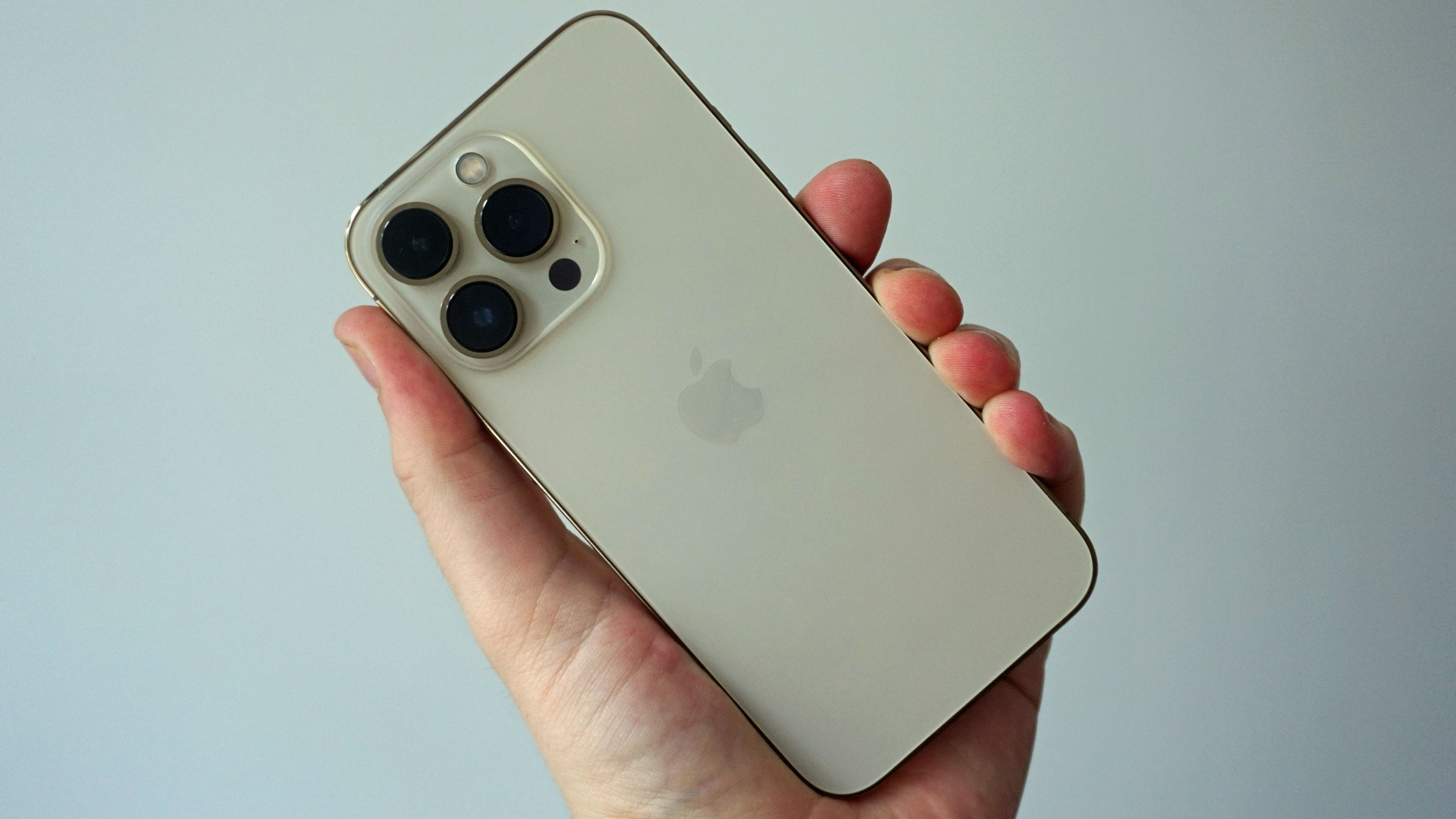
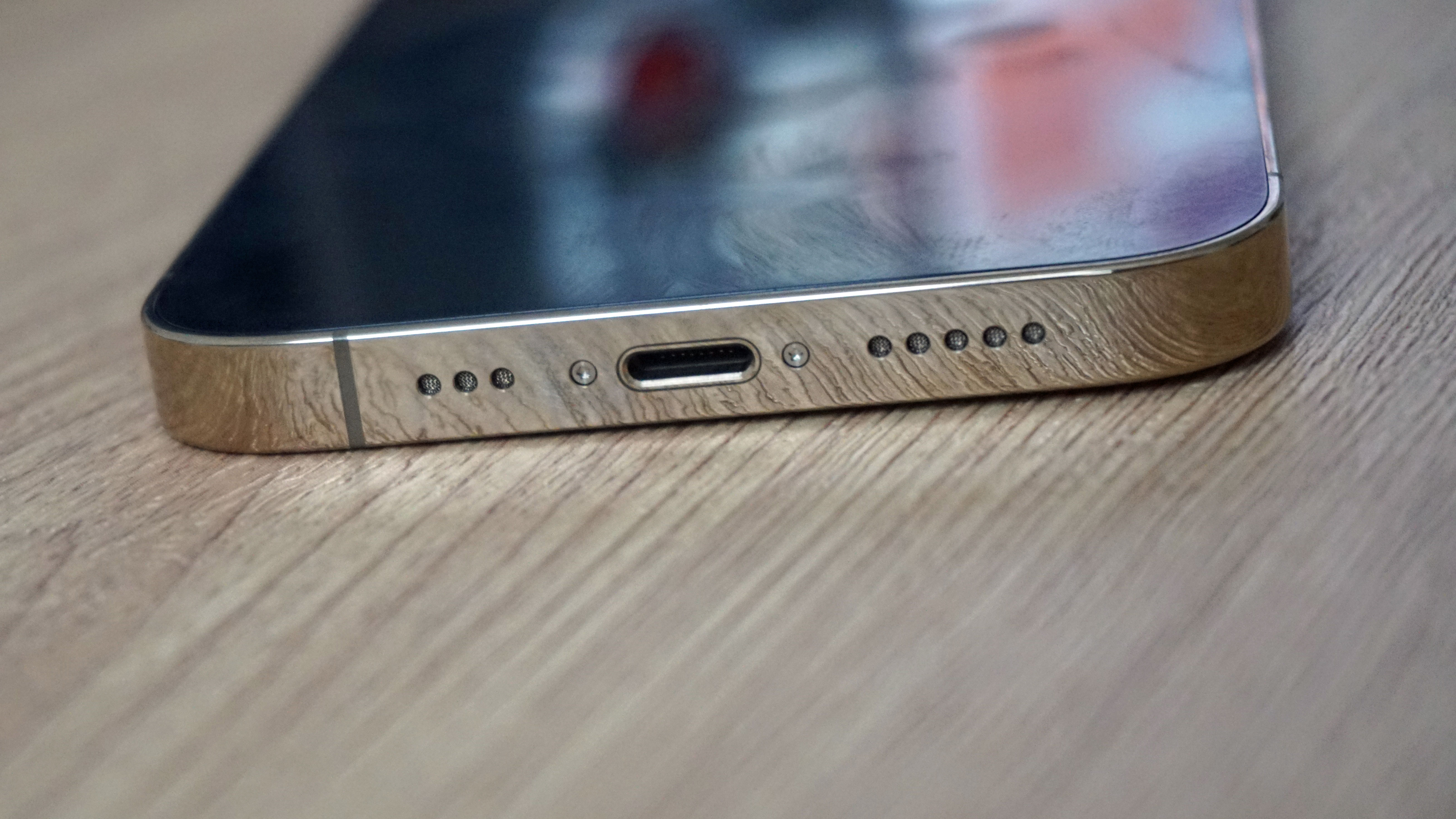
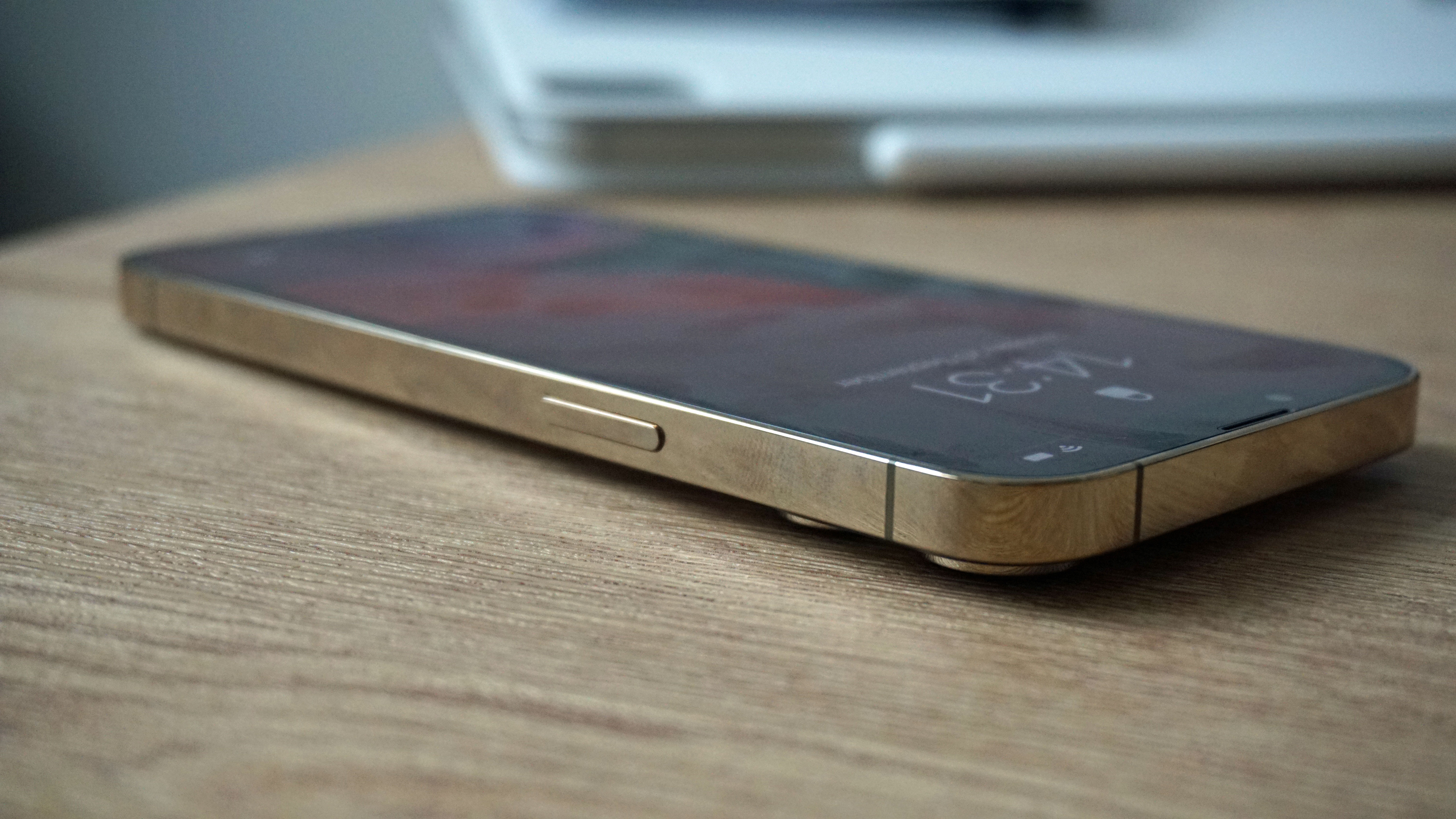
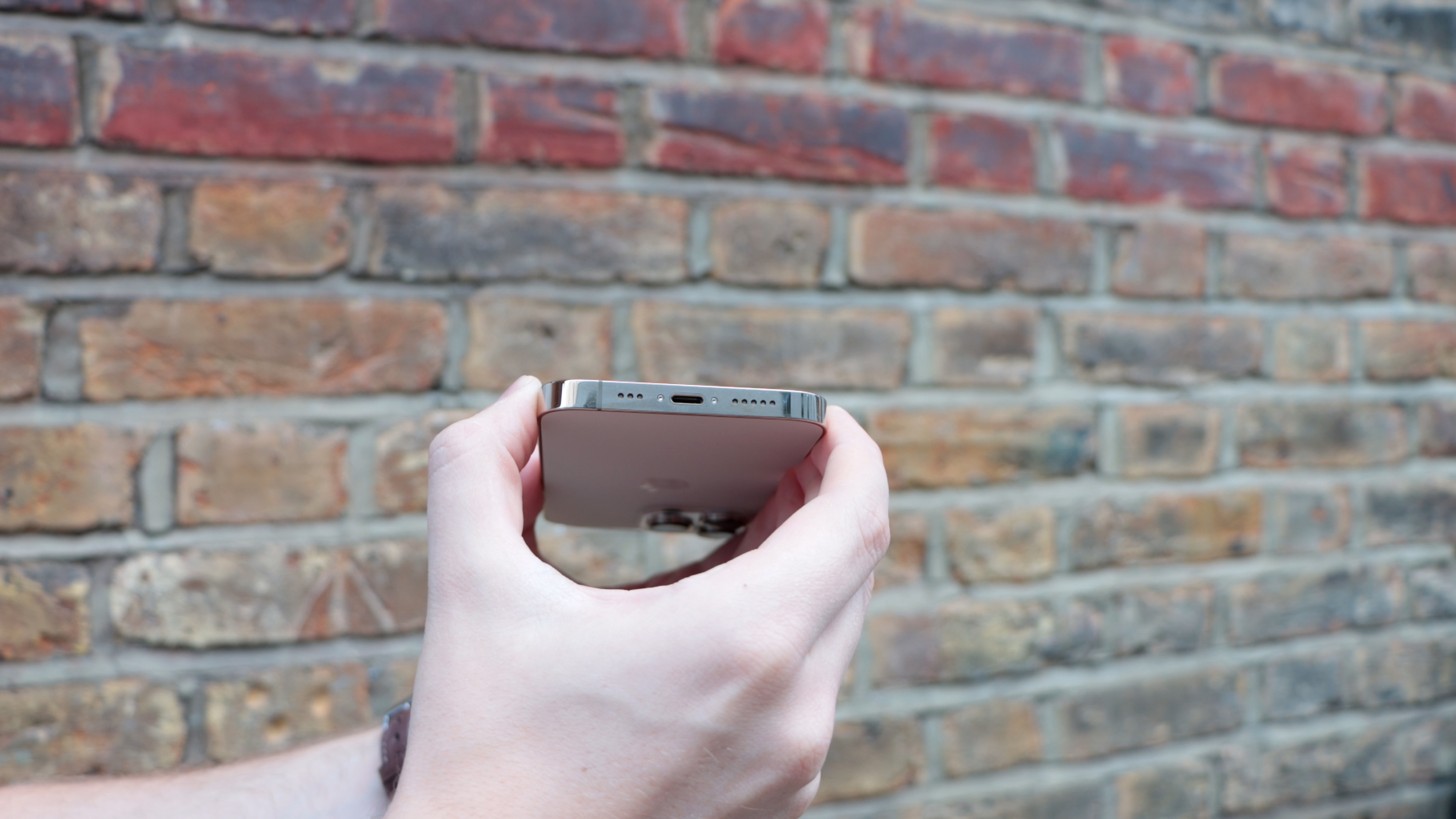
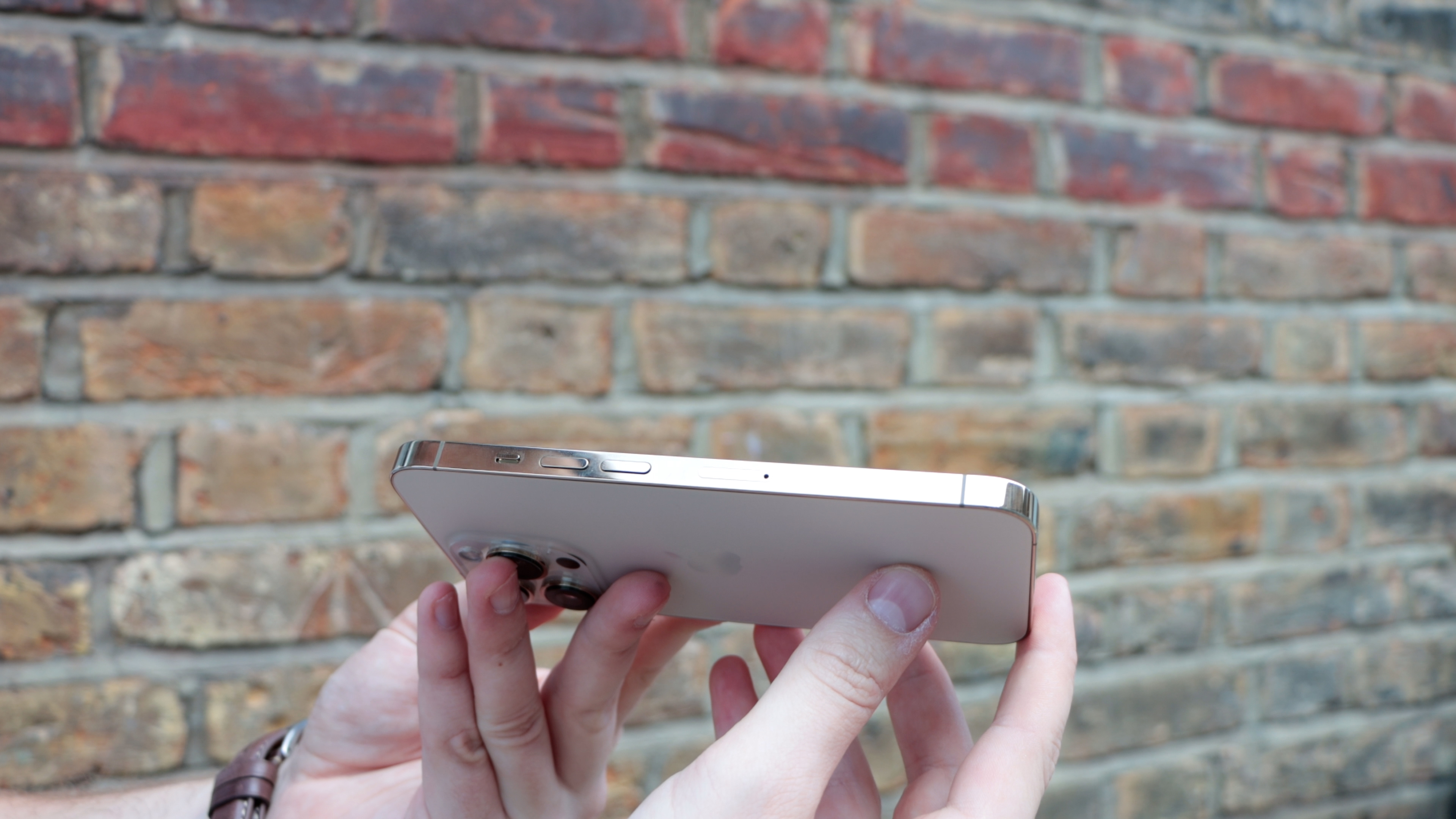
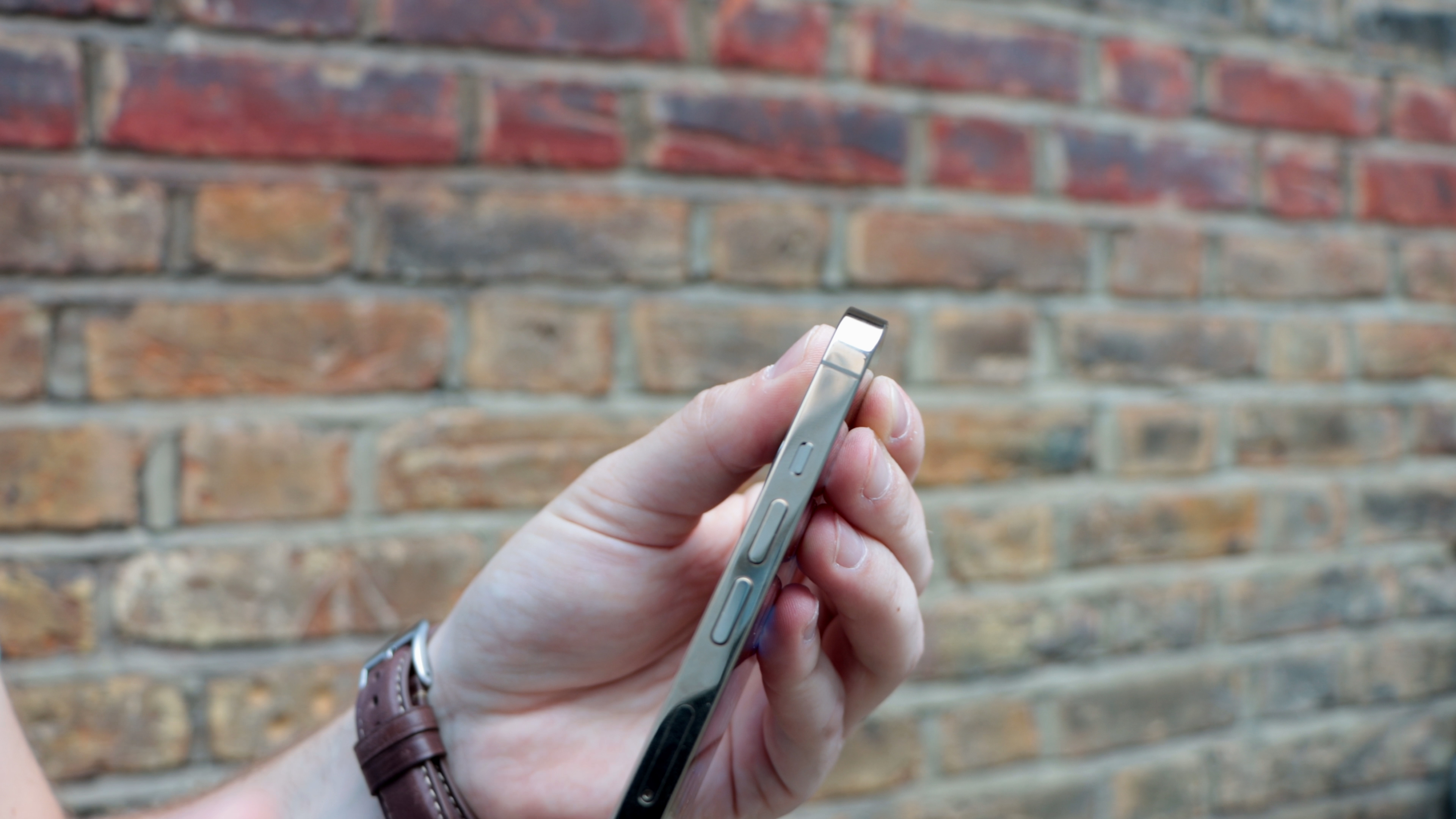
We wouldn’t recommend dropping your phone to find out if that’s true, obviously, but it should give you an extra bit of a piece of mind if your phone does take a tumble.
The matte finish on the rear feels distinctly premium, especially when compared to the normal glass on the iPhone 13.
In our time with the iPhone 13 Pro we’ve found the design to feel good in the hand; it has a touch more heft than the iPhone 13, which helps it sit in our hand comfortably.
The iPhone 13 Pro and iPhone 13 are almost identical in size, but you can’t switch cases between the two as they have a slightly different rear camera housing.
The rear array on the iPhone 13 Pro does protrude from the body quite a bit, which may be an issue for some – it’s especially noticeable when you lay the phone down on a surface, so if you want to type on the screen when the phone is laying down, expect a touch of back and forth.
The right-hand edge of the handset houses the power button, while the left-hand side is home to the mute slider, volume buttons and SIM tray. On the bottom edge of the handset are the speakers, and a Lightning port for charging.
The phone is available in Graphite, Silver, Sierra Blue, Alpine Green or Gold – the color pictured throughout this review. The Sierra Blue option was new at launch, and is one of the most striking colors we've seen from Apple in a while. The Alpine Green, which arrived later, in 2022, is has an understated beauty to it too.
iPhone 13 Pro display
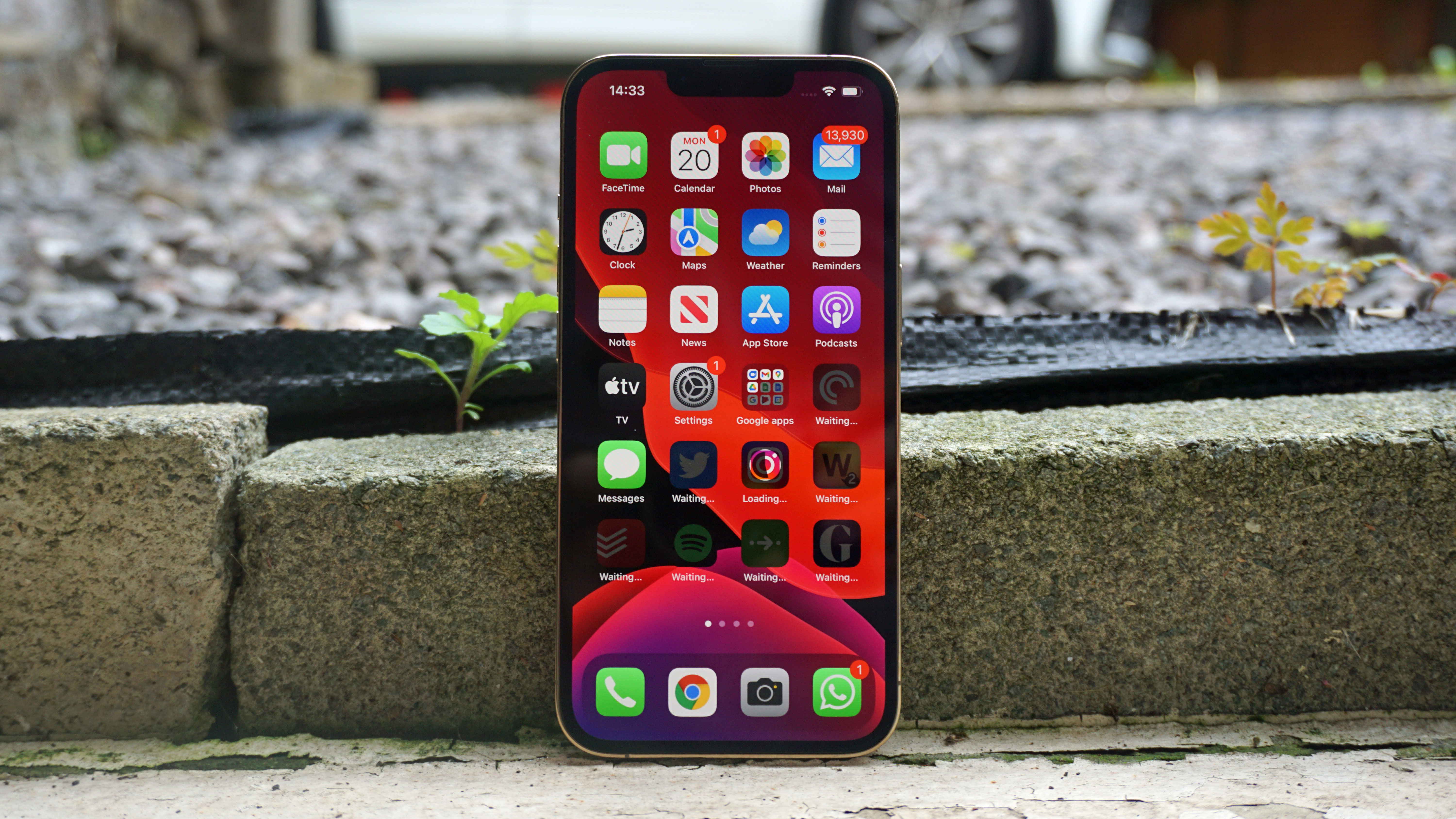
- 6.1-inch Super Retina XDR OLED display
- Adaptive 120Hz refresh rate
- 20% smaller notch compared to predecessor
Like the iPhone 13, the iPhone 13 Pro comes with a 6.1-inch Super Retina XDR OLED display. This screen doesn’t feature the best pixels-per-inch rating of the entire iPhone 13 range – for that, look at the iPhone 13 mini – but it does feature 460ppi, and the image quality is correspondingly crisp.
A significant upgrade here is the introduction of a 120Hz maximum refresh rate, which means the on-screen image refreshes 120 times a second for a more fluid experience than we’ve seen on previous iPhones; it’s most noticeable when you’re scrolling through menus or system apps.
It’s a dynamic refresh rate, so it’s automatically adjusted depending on which apps you’re using – for example, most games will use a 120Hz refresh rate, while if you’re reading an ebook the rate could drop as low as 1Hz. The idea here is to save battery life when you’re using apps that don’t benefit from the high refresh rate.
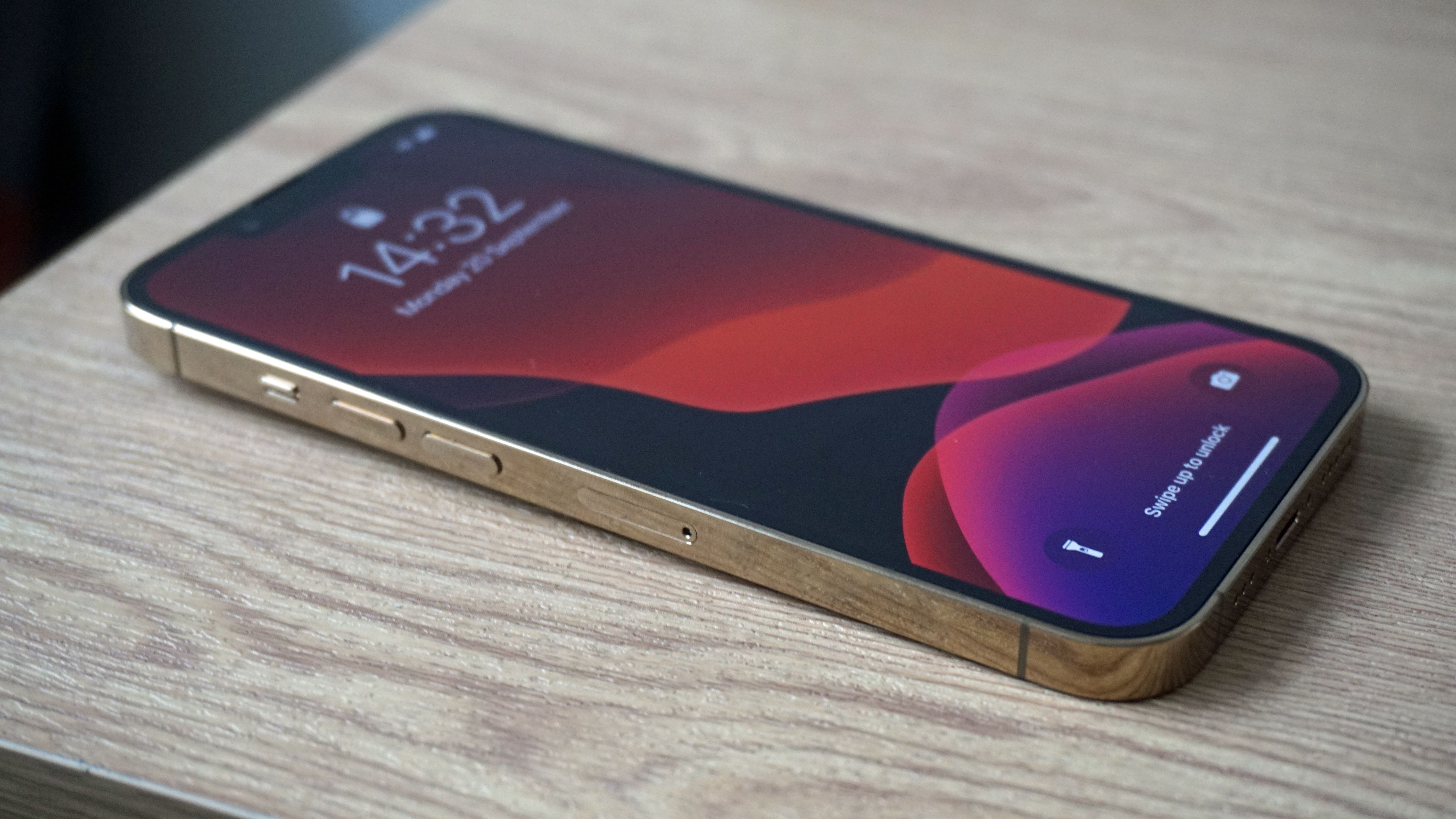
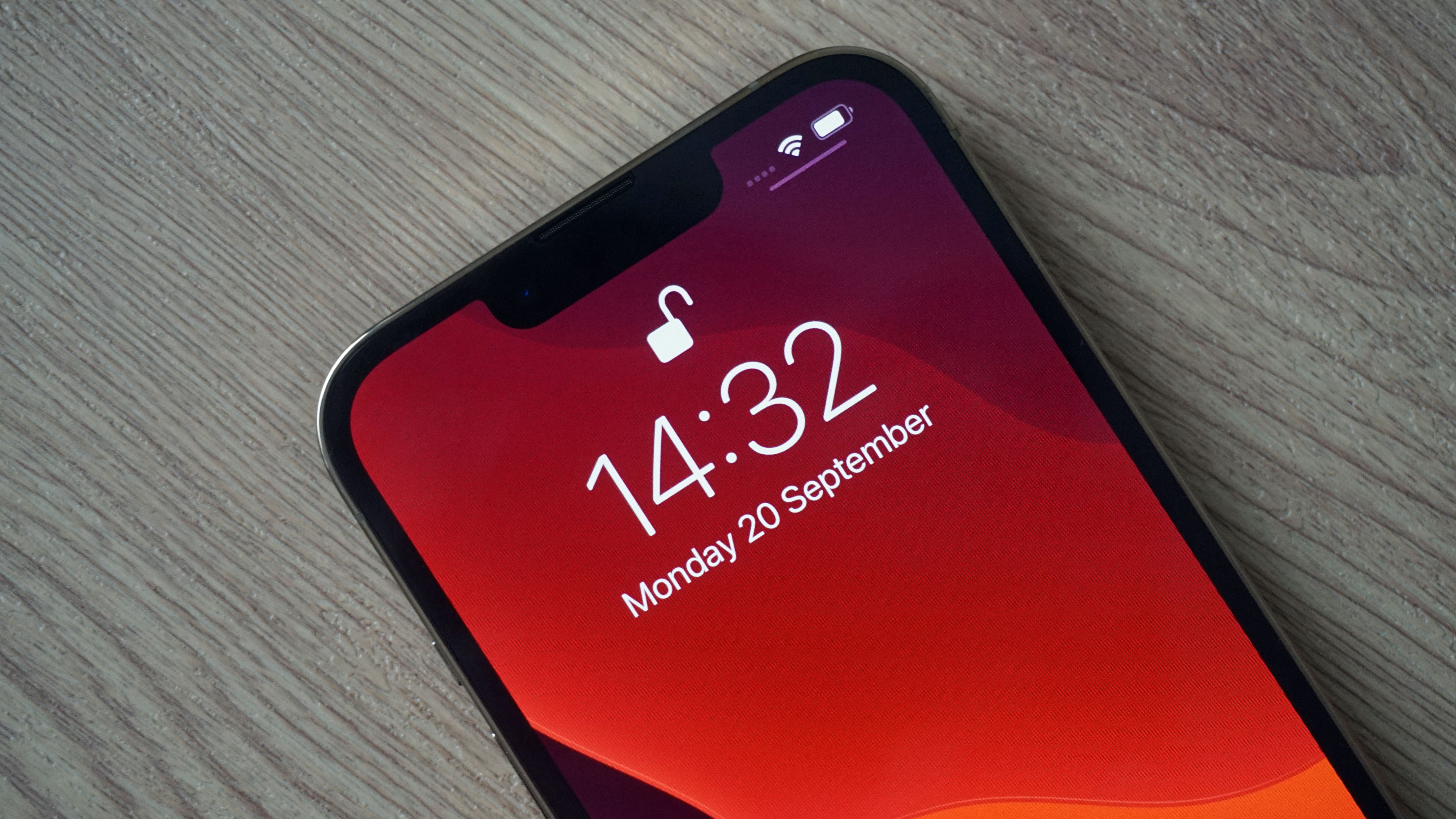
We’ve found the screen tech works well, although its availability is limited right now, as a lot of apps aren’t optimized for 120Hz. Including this feature is something developers have access to, and we expect to see native support crop up in more software as time goes on.
The faster refresh rate worked well with apps that support it though, and it’s a change you’ll notice when scrolling through Apple’s menus or apps made by the company. It’s not reason enough on its own to upgrade, but it’s a worthwhile feature, and will become more so as support is added for more apps.
Apple has also reduced the size of the notch on the iPhone 13 Pro. No, there’s still no under-display camera, but the notch here is 20% smaller than on the iPhone 12 Pro, meaning you’ve got a little more screen real estate to work with.
Every little helps, but it’s something you’re unlikely to notice unless you hold this phone up next to last year’s model – don’t expect to be wowed by the size of the notch when you take your 13 Pro out of the box.
iPhone 13 Pro camera
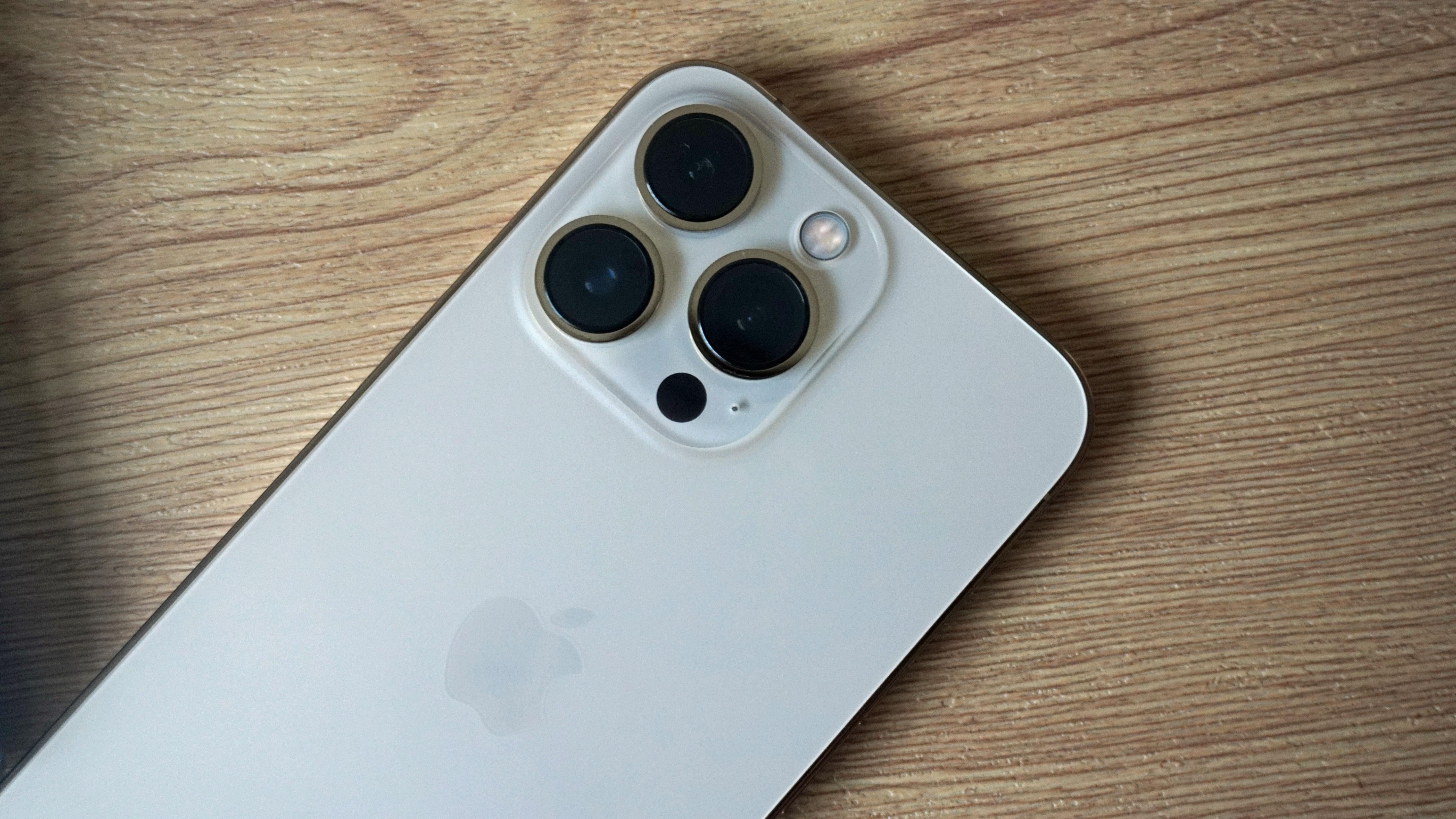
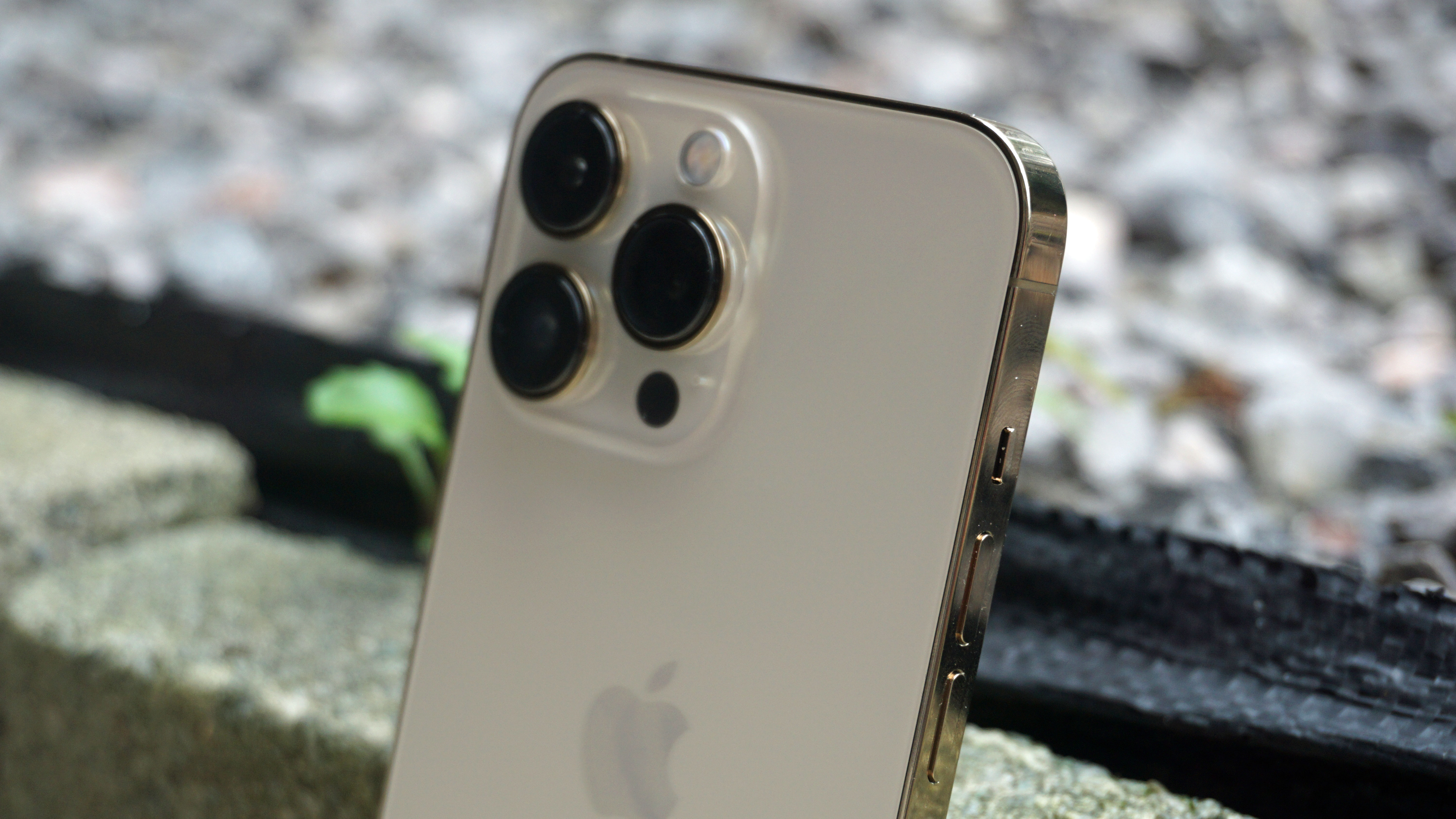

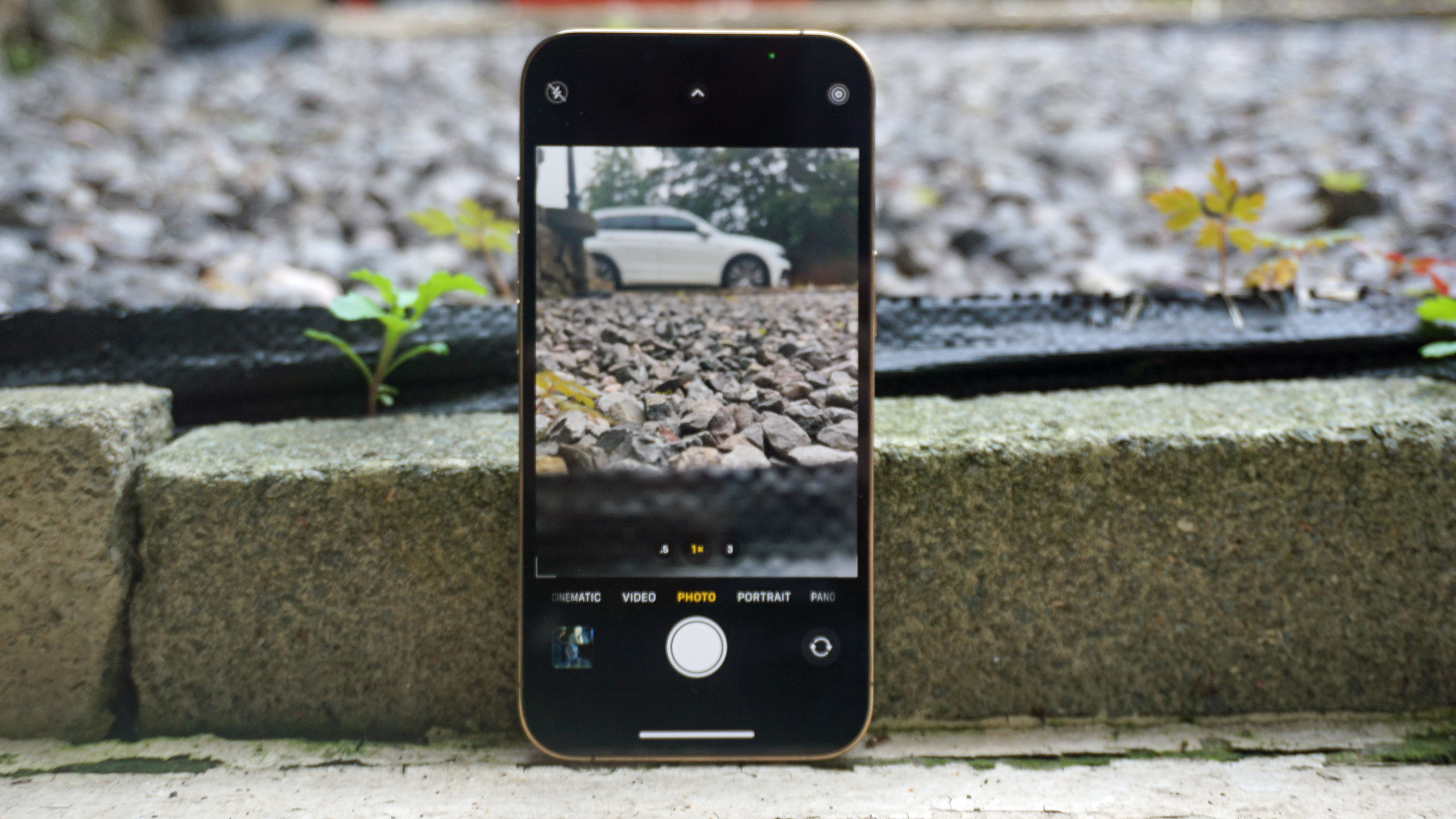
- Triple 12MP rear camera: main, 0.6 ultrawide, 3x telephoto
- 3D LiDAR scanner for depth sensing
- Sensor-shift optical image stabilization
The camera setup on the iPhone 13 Pro comprises three 12MP shooters: the primary wide camera with an f/1.5 aperture, a telephoto camera with f/1.8 aperture that’s capable of 3x optical zoom, and an ultra-wide camera with an aperture of f/1.8 and a 120-degree field of view.
There’s also a 3D LiDAR scanner, which measures depth. This helps to make autofocus more accurate, and improves the precision of Portrait mode bokeh effects in by distinguishing between a subject and their background. Away from photography, the scanner also works with various augmented reality apps.
The main camera is great, and while it may not look very different to the iPhone 12 Pro’s primary camera on paper, it does offer some important upgrades that make it one of the best smartphone cameras.
Overall picture quality is excellent, with shots taken in good light showing plenty of color and detail and a fantastic night mode when you want to shoot something darker.
The telephoto camera on the iPhone 13 Pro is capable of 3x optical zoom, while on 2020’s handset it was just 2x – the difference isn’t hugely noticeable, but we found the quality of zoomed-in images to be very good.



Apple has also introduced sensor shift optical image stabilization on the Pro model; which makes it easier to quickly take a snap without the image looking blurred. We found this to be noticeably better than the stabilization on the iPhone 12 Pro, but we should note that optical stabilization is also available on the cheaper iPhone 13.
The additional macro mode is a big upgrade, enabling you to capture striking close-ups of flowers, insects and other smaller subjects. It’s a feature we’ve seen on a lot of Android phones, and it’s great to see Apple introduce it here.

To use macro mode, you just need to move the camera lens close to a subject and it’ll automatically be activated. It can be hard to keep the camera still for these shots, but we managed to get some interesting photos, and it’s one of Apple’s more accessible camera modes.



Photographic Styles is another new addition with the iPhone 13 Pro, and this allows you to apply custom looks to your images, with Rich Contrast, Vibrant, Warm and Cool options.
Unlike a filter, these apply adjustments to different elements of the image rather than the photo as a whole. The idea here is that you can add a custom look to your images – for example warming up portraits or enhancing the colors in landscapes.
This isn’t going to change the way you shoot with the main camera, but it’s a fun tool to experiment with. It’s difficult to see how this truly differs from a traditional filter, but it may be something you can use in your photography arsenal.
On the front of the phone is a 12MP f/2.2 wide camera (‘wide’ being what Apple calls its primary phone cameras, as distinct from ‘ultra-wide’), which we found worked well during video calls and for shooting the odd selfie. It isn’t as feature-laden as the rear camera, but it’s simple to fire up options like Portrait mode and get a great shot.
Don’t expect huge changes to the selfie camera if you have a recent iPhone, but you’ll still get great picture quality in all the scenarios you’d want to use it in.
For video recording, the iPhone 13 Pro is capable of 4K at 24, 30 and 60 frames per second, while for Full HD it can shoot at 30, 60, 120 and 240 frames per second.
There’s Dolby Vision HDR support, which makes for video that really pops. Apple’s new Cinematic Mode, meanwhile, allows you to capture video with a bokeh effect too, with the subject focused and background blurred, and automatically switches focus between subjects for a ‘focus-pull’ effect.

In our testing this worked well, with the camera accurately identifying who we wanted to focus on in a scene. If this doesn’t work exactly as you want it to automatically, you can edit the video after the fact to fine-tune the focusing.
It's a feature that’s likely to prove popular with filmmakers, vloggers and other content creators, although probably of less interest to those who only shoot the occasional video. Right now, it's a bit like the first iteration of Portrait mode for photos, but we're expecting it to improve rapidly over subsequent generations.
Then there’s Apple's ProRes video: a video format that’s designed to be easier to edit, and kinder on your computer when you move footage from your phone to a computer to edit it, without damaging the video’s quality.
A word of advice: if you want to be able to shoot 4K ProRes video, don’t buy the smallest, 128GB-storage model of the iPhone 13 Pro, as Apple has confirmed that the format isn't compatible with it. This suggests that ProRes footage will take up a lot of storage space, so you’ll likely want to opt for 512GB or 1TB, if this feature excites you.
Camera samples






iPhone 13 Pro specs and performance
- 5nm Apple A15 Bionic chipset
- 6GB RAM
- 128GB to 1TB storage options
Like all the iPhone 13 models, the iPhone 13 Pro runs on Apple’s A15 Bionic chipset, which, at launch, the company claimed was the best smartphone processor on the market.
In our testing, it was able to run every app we loaded with ease, and we didn’t encounter any stuttering issues. Gaming on the phone was also smooth, with every title we played loading quickly.
You’re unlikely to see a big change here if you own an iPhone 12 or a recent Android phone, but if you’re upgrading from an older iPhone you’ll notice the difference. The A15 chipset is paired with 6GB of RAM, helps to keep things ticking over nicely.
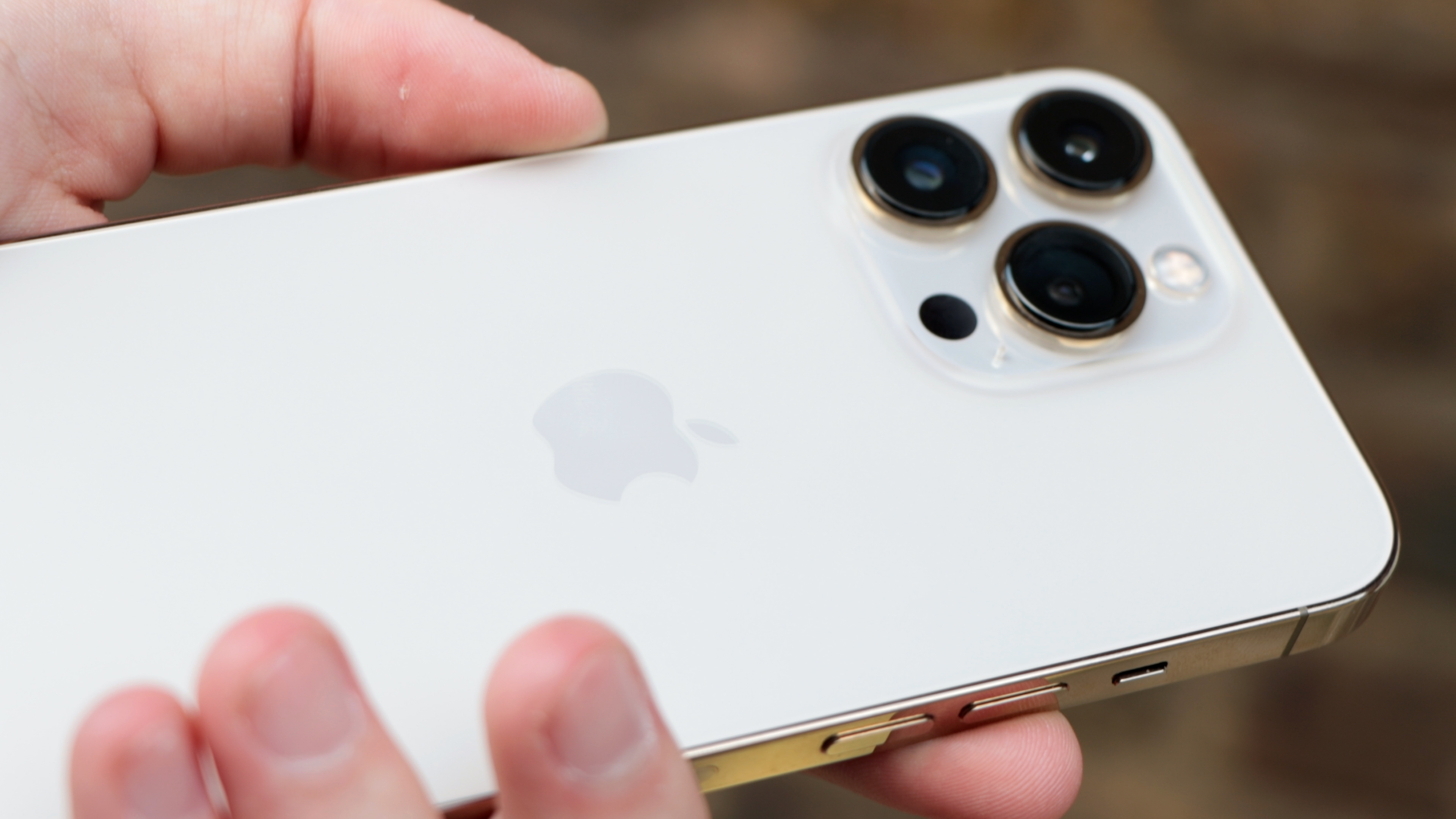
In benchmarking, we found the iPhone 13 Pro scored 4718 in Geekbench 5 software – that’s a touch higher than the iPhone 13, which scored 4688. It’s also remarkably higher than the iPhone 12 Pro, which scored 3669.
These differences won’t be especially noticeable in everyday usage, but if you’re pushing your phone to its limits you may find that you appreciate that extra bit of grunt the iPhone 13 Pro is able to offer.
You’ve got the choice of 128GB, 256GB, 512GB or 1TB of storage on the iPhone 13 Pro. We wouldn’t recommend going for the 1TB option unless you really think you need that extra space – for example if you shoot a lot of video – while at the other end of the scale many users could find 128GB a bit limiting, but most people will be well served by either of the two middle options.
The iPhone 13 Pro is 5G-ready, and you’ll be able to use the next-gen connection standard as long as your plan supports the technology and you’re in an area that has coverage.
iPhone 13 Pro software
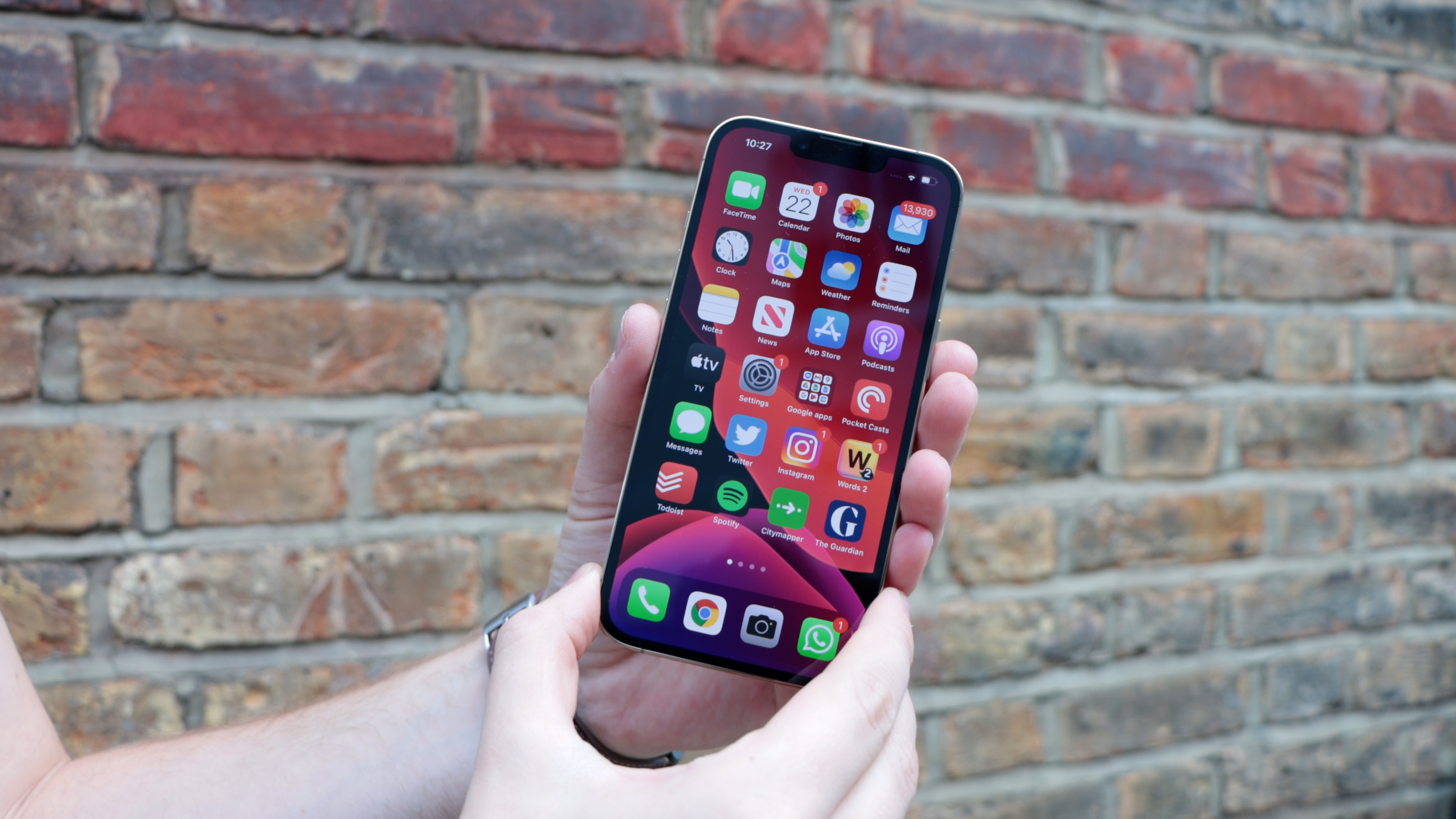
- iOS 15 out of the box
- At least six years of OS updates
- New features like Focus mode help improve user experience
iOS 15 comes running on the iPhone 13 Pro out of the box. It’s a minimal upgrade over iOS 14 – the 2020 update changed the look and feel of the iPhone platform, while iOS 15 only brings a few tweaks and extra features.
For example, Focus mode allows you to tailor what notifications you get at certain times of day – so if you want to limit Twitter notifications during your work hours, for example, you can do that here.
The software works well on the iPhone 13 Pro, and we didn’t find any particular bugs that hampered our experience.
We’d expect that the iPhone 13 Pro will be supported with new software updates over the coming years, too; iOS 15 is compatible with iPhones going back as far as the iPhone 6S from 2015, so you can look forward to at least five years of updates.
iPhone 13 Pro battery life
- Best battery life on a non-Pro Max iPhone to date
- Supports up to 20W charging speeds
- Compatible with MagSafe for iPhone
- No power adapter in-box
Battery life on the iPhone 13 Pro is better than we’ve seen on previous Pro handsets from the brand, but it’s not as good as you’ll get from the top-end iPhone 13 Pro Max.
We’ve found the iPhone 13 Pro is capable of lasting a full day of normal usage. If you push your phone slightly harder, you may find that it needs recharging before the end of the day.
On lower-use days, the phone would generally have 10-20% left when we put it on charge at the end of the day – this is remarkably better battery life than we’ve seen on the iPhone 12 Pro and other Pro handsets before it.
The phone supports fast charging up to 20 watts (depending on what type of charger you use), which should be able to charge the phone from empty to full in just an hour. We found that 15 minutes of charging gave us 25% battery, while 30 minutes got us to 53%.
That’s not the fastest charging we’ve seen in a smartphone – not by a long shot, with some of the latest Android handsets hitting 120W or even faster – but it’ll be fine for most users.
Note, though, that there’s no charger in the box, as Apple continues to wage its war on e-waste, so you’ll have to purchase a charger if you don’t already have one. If you're not sure which to buy, check out our best iPhone chargers guide.
There’s also wireless charging on the iPhone 13 Pro at up to 15W when using Apple’s MagSafe chargers, or up to 7.5W with standard Qi wireless charging pads.
Should I buy the iPhone 13 Pro?
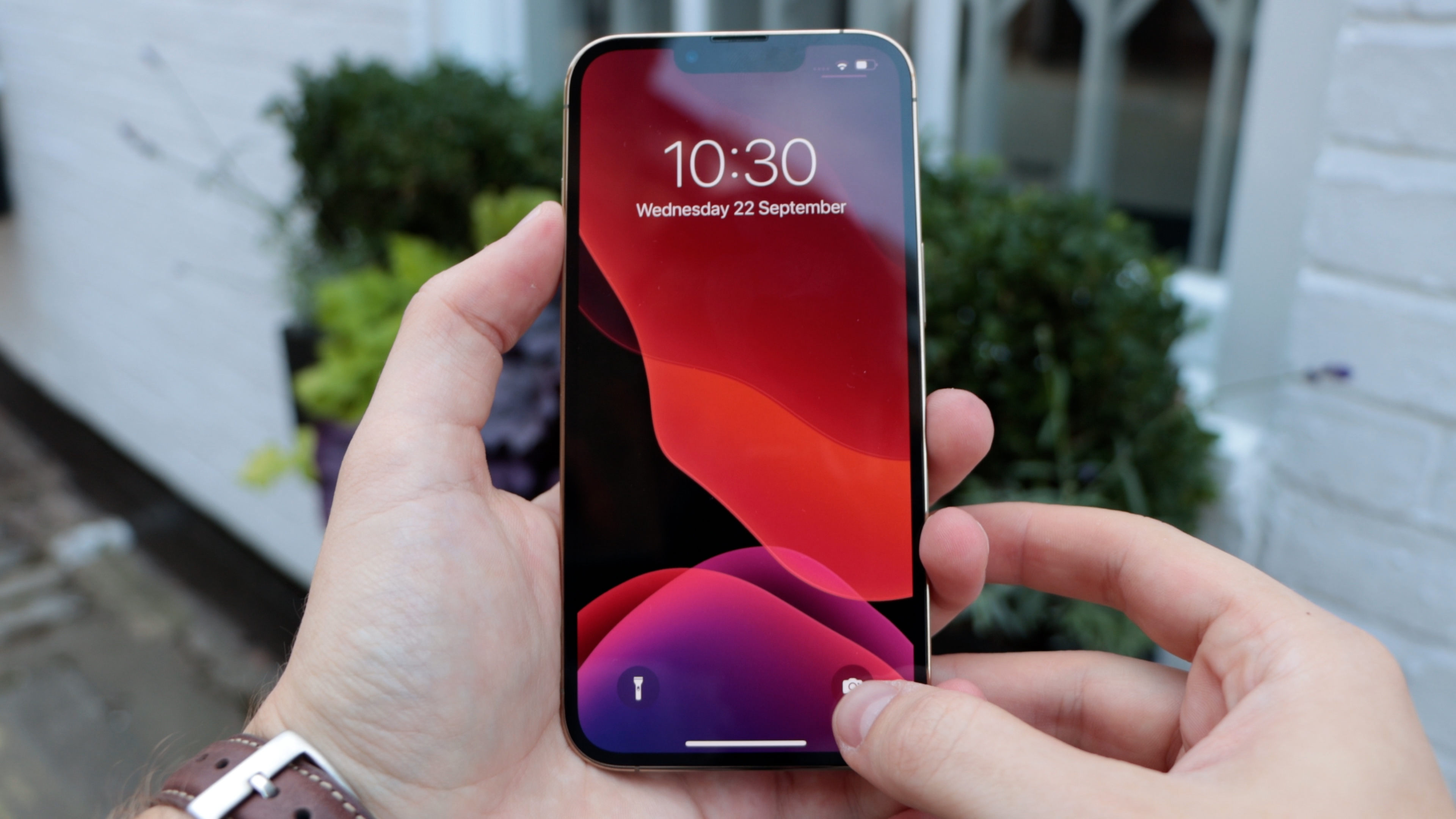
Buy it if…
You like the new camera features
The iPhone 13 Pro’s macro mode is a new and interesting photography option, while new features like Cinematic Mode and ProRes will appeal to video shooters looking for more ‘pro’ tools.
You want good battery life
Battery life on the iPhone 13 Pro is better than we’ve seen on previous handsets from the company, with the phone able to make it through a whole day of normal usage.
You need a powerful smartphone
All of Apple’s iPhone 13 models are all powerful, but the iPhone 13 Pro is one of the most powerful smartphones we’ve ever used. If you want a handset that you can truly push to its limits day-in, day-out, this could be the perfect choice.
Don't buy it if…
You own an iPhone 12 Pro
There are lots of changes here from the iPhone 12 Pro, but they’re mostly minor ones, and it’s unlikely these will add up to a huge upgrade for you if you already own 2020’s smartphone. You may want to wait for the iPhone 14 line at the earliest for your next upgrade.
You want a cheaper alternative
Apple’s iPhone 13 Pro is fantastic, but so is the iPhone 13. If you want a cheaper alternative to the pricier Pro, the iPhone 13 is your best option, as it offers many of the Pro model’s features. If you’re unsure about the Pro, compare it with the iPhone 13 to see if you really need these extra features.
You want a 120Hz display that works with all your favorite apps
The introduction of 120Hz refresh rate on iPhone has been a long time coming, but widespread support takes time. If you’re desperate for this as a feature, look to the world of Android for your next phone.
Also consider
If you've read the entirety of our iPhone 13 Pro review and still feel like it isn't the device for you, there are a few notable alternatives that might make for a better fit.
Samsung Galaxy S22 Ultra
The most obvious foil to Apple's top device is Samsung's S22 Ultra, which ups the ante in terms of camera versatility and its integrated S Pen, providing enhanced productivity. It's bigger and pricier, though.
Read our Samsung Galaxy S22 Ultra review for more
Google Pixel 6 Pro
Google's current top-dog comes close to the iPhone 13 Pro, in terms of camera prowess and serves up a clean Android user experience, plus superb battery life.
Read our full Google Pixel 6 Pro review for more
iPhone 13
Most of what makes the Pro great, just without the triple rear camera, a more conventional 60Hz display and a lower price tag.
Check out our iPhone 13 review
First reviewed: September 2021

James is the Editor-in-Chief at Android Police. Previously, he was Senior Phones Editor for TechRadar, and he has covered smartphones and the mobile space for the best part of a decade bringing you news on all the big announcements from top manufacturers making mobile phones and other portable gadgets. James is often testing out and reviewing the latest and greatest mobile phones, smartwatches, tablets, virtual reality headsets, fitness trackers and more. He once fell over.
